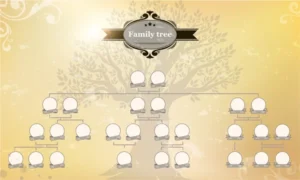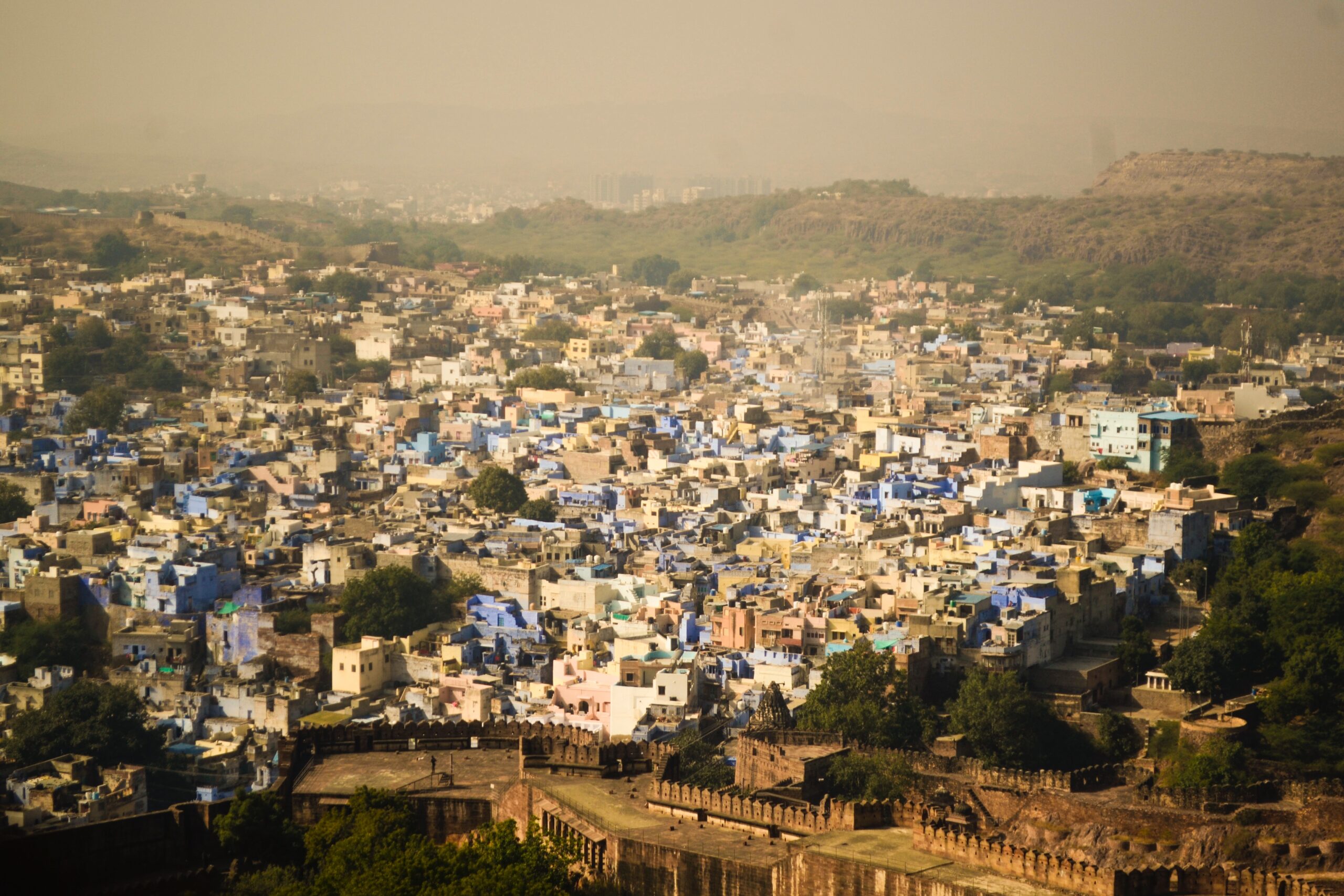Introduction
India, with its rich cultural diversity and historical significance, has long been a melting pot of different populations. Over the centuries, various migrations, invasions, and trade routes have shaped the genetic landscape of the Indian subcontinent. Recent advancements in genetic research have provided valuable insights into the genetic diversity and population history of India. This blog post explores the genetic evidence that supports the theory of recent population mixture in India.
Genetic Diversity in India
India is home to one of the most genetically diverse populations in the world. This diversity can be attributed to the presence of various ancestral populations and the intermixing that has occurred over time. Studies have shown that there are distinct genetic differences between different regions and ethnic groups within India.
Recent Population Mixture
Genetic studies have revealed that there has been significant population mixing in India within the past few thousand years. This mixing can be attributed to several factors, including migrations, trade, and intermarriage between different communities. The genetic evidence suggests that there has been a continuous flow of genetic material between different populations, leading to the formation of a complex genetic landscape.
Migration and Invasions
Throughout history, India has witnessed several waves of migration and invasions. These events have left their genetic imprint on the population. For example, the Indo-Aryans, who migrated to the Indian subcontinent around 1500 BCE, introduced new genetic lineages that are still present in the population today. Similarly, the Mughal invasions in the medieval period brought in genetic contributions from Central Asia and the Middle East.
Trade and Cultural Exchanges
Trade routes have played a crucial role in shaping the genetic diversity of India. The Silk Road, for instance, facilitated the exchange of goods and ideas between the Indian subcontinent, Central Asia, and Europe. Along with these exchanges, there was also a flow of genetic material. The genetic evidence suggests that there has been a significant contribution from Central Asia and the Mediterranean region to the Indian gene pool.
Endogamy and Caste System
Another important factor that has influenced the genetic structure of India is the caste system and endogamy. Endogamy refers to the practice of marrying within one’s own community or caste. This practice has led to the formation of distinct genetic clusters within different caste groups. However, recent studies have shown that there is still considerable genetic mixing between different caste groups, challenging the notion of complete genetic isolation.

Genetic Studies and Findings
Genetic studies have utilized various techniques, such as DNA sequencing and genome-wide association studies, to investigate the population history of India. These studies have provided valuable insights into the genetic structure and dynamics of the Indian population. They have revealed the presence of ancestral components from different regions, including South Asia, West Eurasia, and East Asia, further supporting the theory of recent population mixture.
Conclusion
Genetic evidence strongly supports the theory of recent population mixture in India. The complex genetic landscape of the Indian subcontinent is a result of migrations, invasions, trade, and cultural exchanges that have occurred over the centuries. The genetic diversity and intermixing within the Indian population highlight the rich and dynamic history of the region. Further research in this field will continue to shed light on the fascinating genetic history of India.



